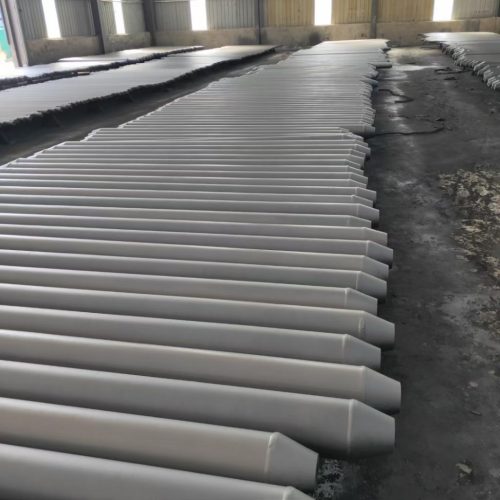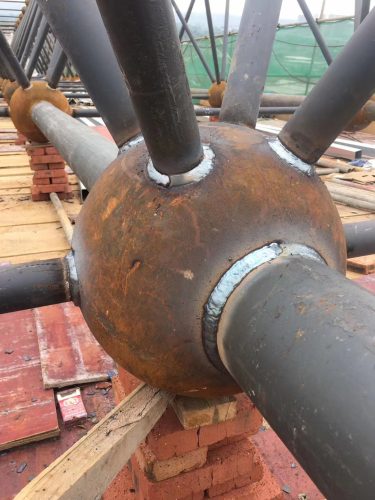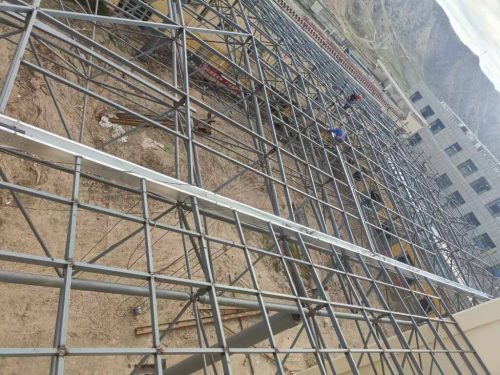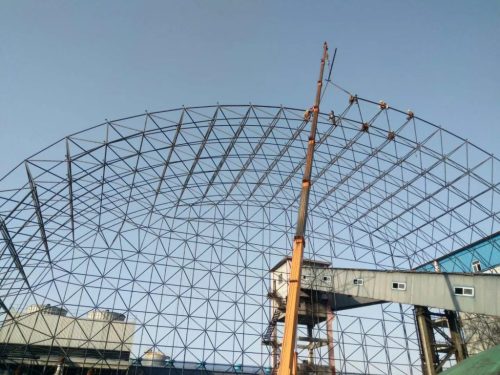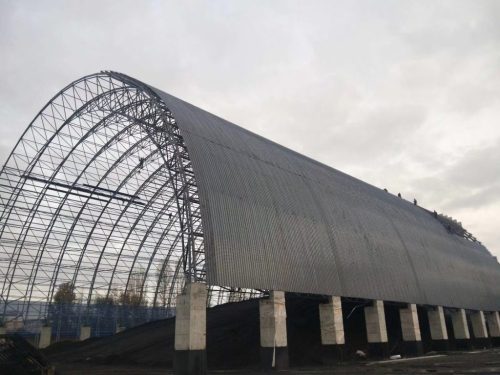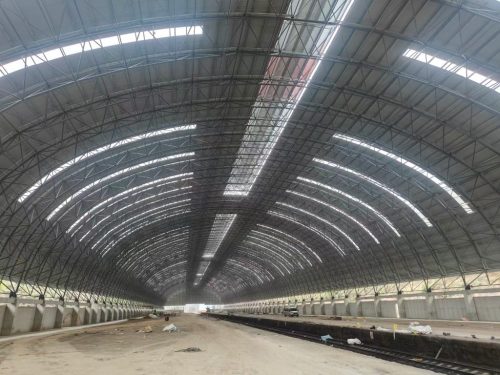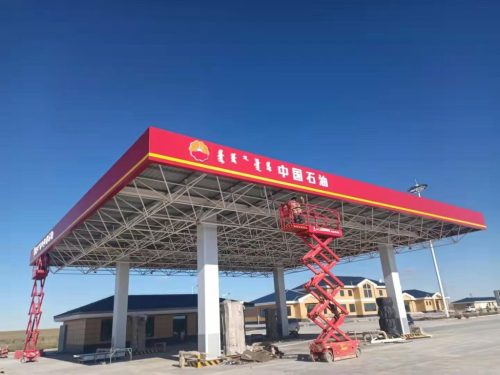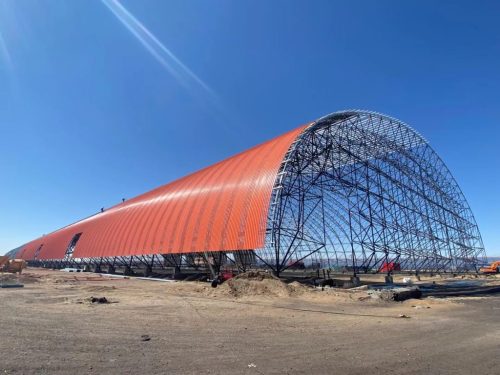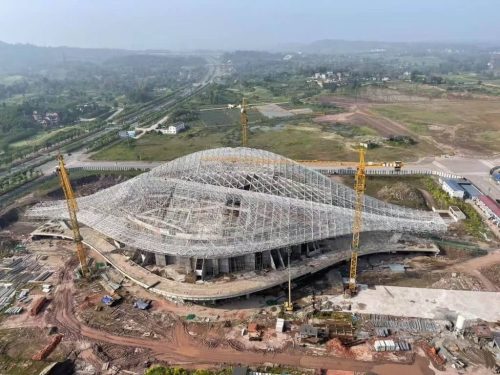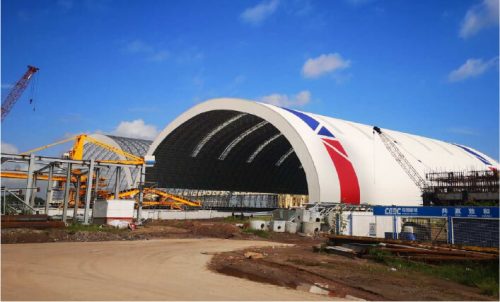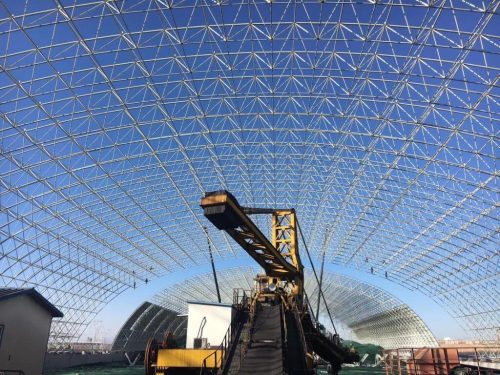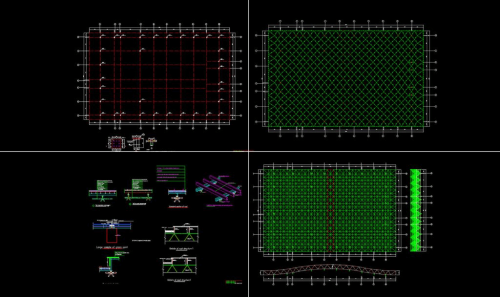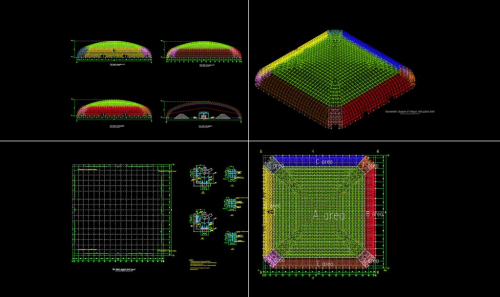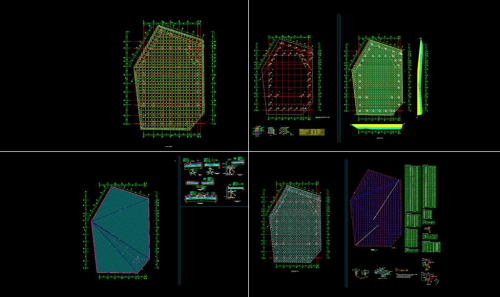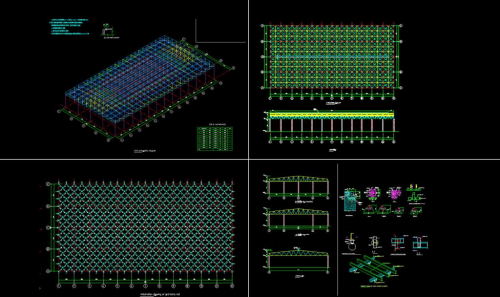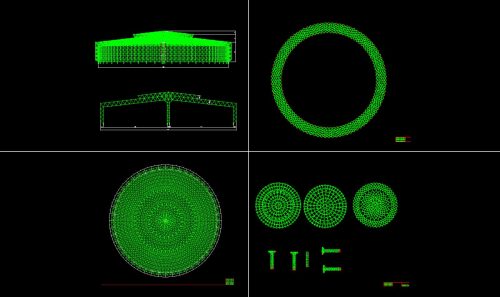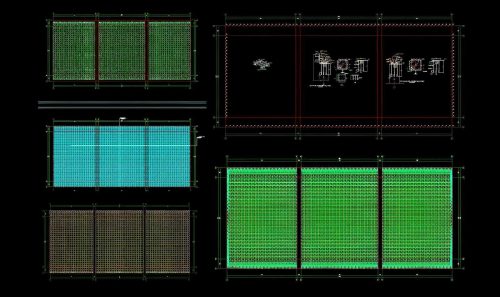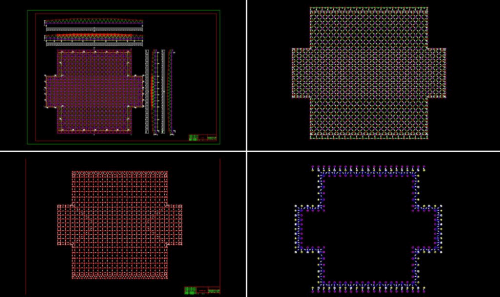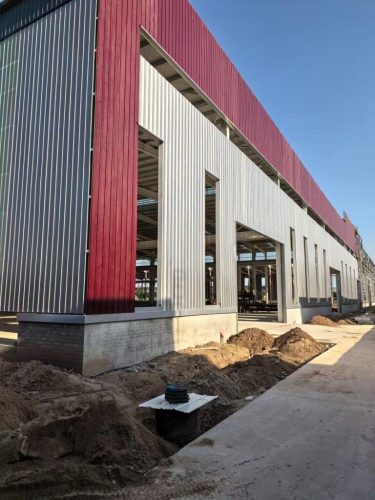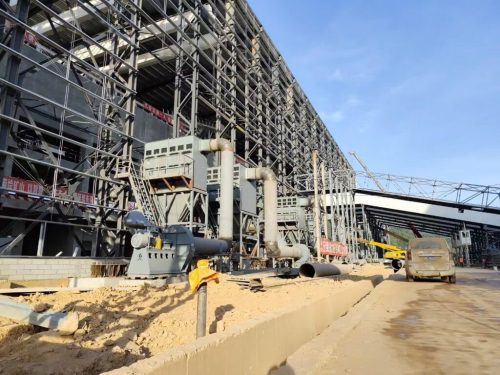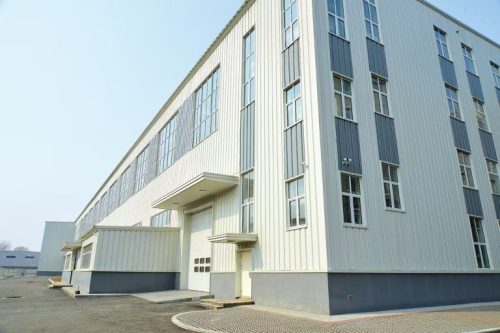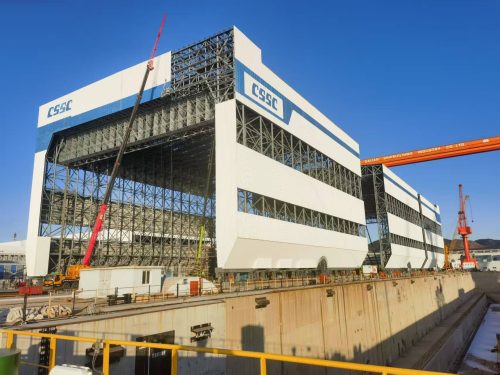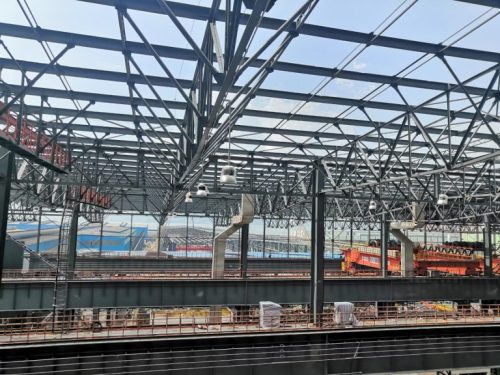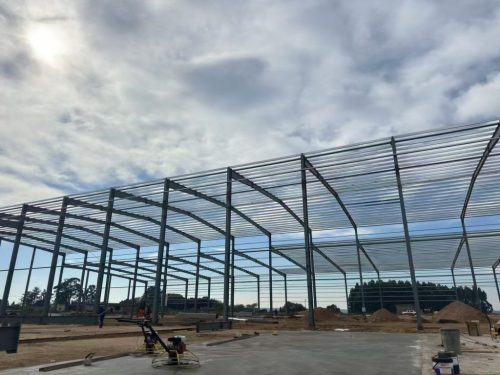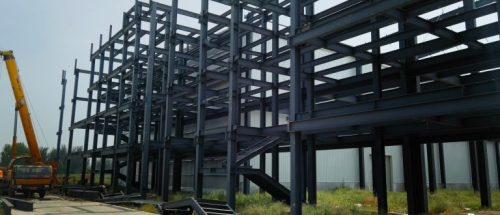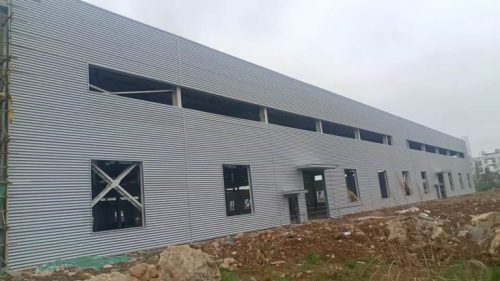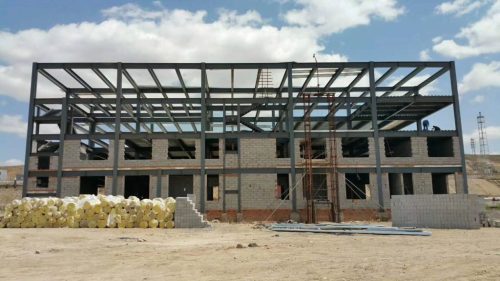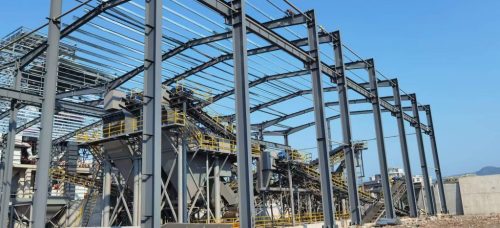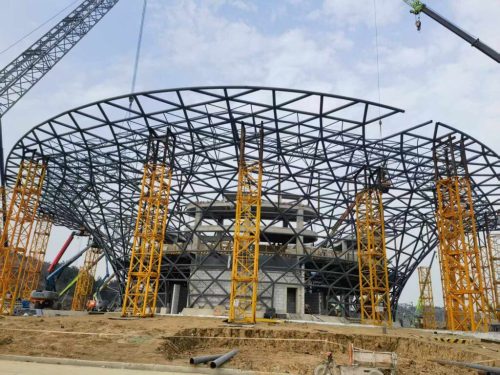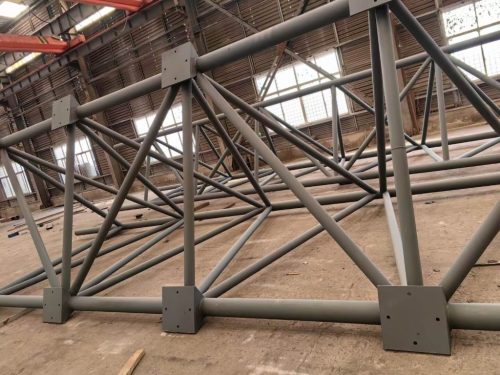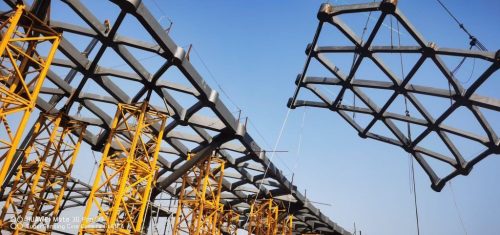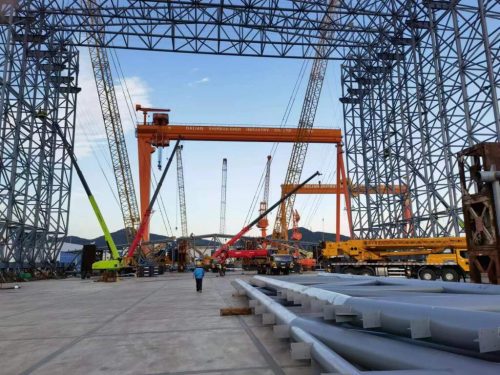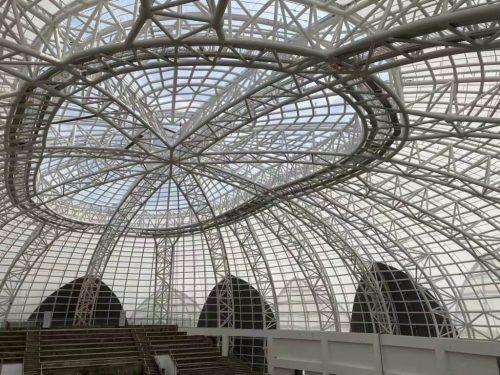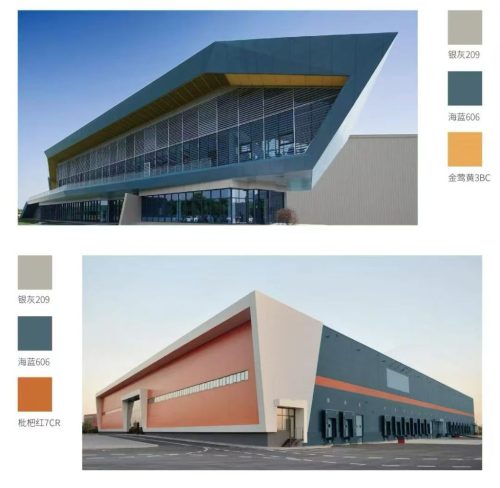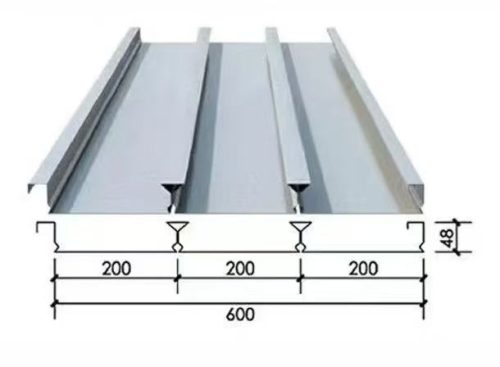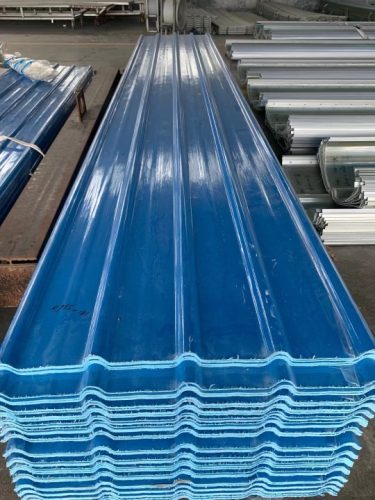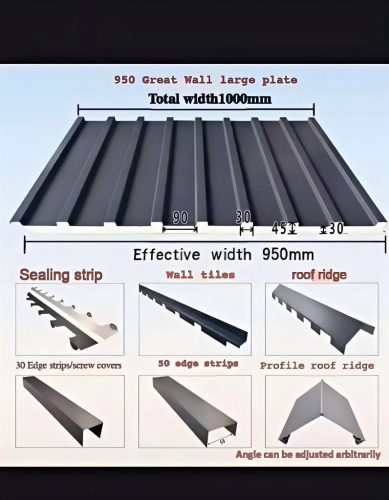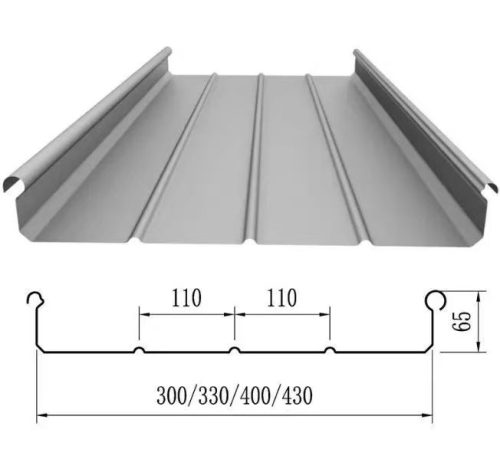The Expressiveness of Special-Shaped Steel Space Frame Structures in Artistic Buildings
In modern architecture, special-shaped steel space frame structures have become a powerful tool for creating expressive, iconic buildings, particularly in the realm of artistic and public spaces. These innovative structures offer unmatched versatility, allowing architects to push the boundaries of form and design. Whether it’s a curved steel space frame or free-form structure, the fluidity and complexity of these forms are increasingly used in artistic buildings and public art facilities, making them not just functional but also visually striking.
Steel space frames, with their ability to form large, complex shapes while maintaining structural integrity, have enabled architects to realize their most ambitious design visions. This article explores how special-shaped steel space frame structures contribute to the artistic expression of buildings, focusing on curved designs and free-form public art facilities that showcase the inherent beauty of these structures.
1. The Aesthetic Power of Special-Shaped Steel Space Frames
One of the most significant attributes of special-shaped steel space frames is their ability to create complex, sculptural forms. Traditional building methods often require straight lines, rigid structures, and symmetry, but steel space frames are inherently more flexible, allowing architects to explore fluid and organic designs. This opens up opportunities to create visually impactful buildings that function not just as spaces for activity, but also as works of art in their own right.
For example, curved steel space frames are used to create sweeping, fluid curves that mimic the natural world. These curves can evoke a sense of motion, fluidity, and even lightness, which is ideal for artistic buildings meant to inspire and engage. The aesthetic quality of these frames lies in their ability to be both structurally sound and aesthetic, blending utility with beauty.
2. Curved Steel Space Frames in Artistic Buildings
Curved space frames are a popular choice for creating dynamic and expressive forms in modern architectural design. These structures make it possible to design organic shapes that would be impossible to achieve using traditional construction methods. The curved steel space frame is particularly effective in buildings that require wide, open spaces with intricate, non-linear forms.
a. Enhancing Fluidity and Elegance
Curved steel space frames enhance the fluidity and elegance of the design, making buildings appear more lightweight and graceful. For example, in theatre halls, museums, and concert venues, architects can use curved steel space frames to create sweeping, smooth roofs that mimic the curves of nature, providing not only an aesthetically pleasing exterior but also improving the interior acoustics and visual experience.
A perfect example of this is the Sydney Opera House, which uses a series of curved steel frames to support its iconic sails. The curved steel space frame provides both the structural support necessary to hold up the sails while also enabling the design’s distinctive shape. The combination of functionality and artistic expression is a hallmark of modern architectural design, thanks to the unique flexibility of steel space frames.
b. Adaptive Designs for Artistic Expression
Another advantage of curved steel space frames is their ability to adapt to various artistic concepts. These frames can take on nearly any shape, making them ideal for buildings that aim to represent artistic expression or cultural significance. From flowing, organic shapes that mimic natural forms to geometric, angular designs that challenge conventional aesthetics, steel space frames provide the structural versatility needed to bring any artistic vision to life.
3. Free-Form Public Art Facilities and Sculptural Buildings
Free-form buildings—those that feature non-linear, irregular shapes—are another example of how special-shaped steel space frames are used to create expressive structures. These free-form buildings often serve as public art facilities, museums, exhibition halls, and cultural centers, where the building itself is as much a work of art as the objects it houses.
a. Incorporating Art and Architecture Seamlessly
In free-form designs, architects frequently use steel space frames to shape the structure in a way that appears fluid and without limitation. These buildings may incorporate asymmetrical designs, intertwining geometries, or complex curves, making them stand out as modern landmarks. The flexibility of steel space frames allows for seamless integration of artistic elements with the building’s functional requirements, blending form with purpose.
For example, the Guggenheim Museum in Bilbao, designed by Frank Gehry, uses curved, sculptural forms made possible through the use of advanced space frame technology. The building’s sweeping curves and jagged edges evoke a sense of movement and transformation, illustrating the role of architecture as an extension of artistic creativity. While the structure itself is a work of art, it also serves a very practical purpose by housing a world-class art collection.
b. Dynamic Interaction Between Art and Space
Free-form buildings often provide dynamic, interactive spaces that encourage creativity and exploration. These buildings can feature open, expansive interiors without the need for traditional support columns, thanks to the strength of the steel space frame. In museums, galleries, or performance spaces, the lack of structural interruptions allows for flexible use of the space, which can be adapted for different exhibitions or events.
The Beijing National Stadium (Bird’s Nest) is another example of a free-form structure that uses steel space frames to create an eye-catching, sculptural form. Its interwoven steel beams create an appearance of openness, lightness, and complexity, making it a symbol of both modernity and artistic expression. The design enhances the viewer’s emotional experience of the space, demonstrating how architecture can evoke a sense of wonder and creativity.
4. Benefits of Using Special-Shaped Steel Space Frames in Artistic Buildings
a. Structural Efficiency and Safety
While special-shaped steel space frames are often associated with their artistic appeal, they are also highly efficient and structurally reliable. The triangular or grid-like geometry of the space frame allows the structure to distribute loads evenly, ensuring stability while minimizing material use. This results in lighter structures that are both cost-effective and safe, even when used in complex, large-scale forms.
b. Sustainability in Design
Steel is a recyclable material, which aligns with the growing demand for sustainable architecture. Steel space frames reduce waste during construction and can be recycled at the end of their life cycle, making them a more sustainable choice compared to other building materials. This contributes to the long-term environmental benefits of artistic buildings, making them not only visually striking but also eco-friendly.
c. Aesthetic Impact and Cultural Significance
The visual impact of special-shaped steel space frames can transform an ordinary building into an architectural icon. By allowing architects to explore complex geometries, curves, and innovative forms, steel space frames can give expression to cultural identity and societal values. These buildings become more than functional spaces; they become cultural landmarks, representing the creativity, vision, and spirit of the times.
5. Conclusion
The integration of special-shaped steel space frames in artistic buildings has transformed modern architecture, enabling the creation of iconic, aesthetic, and functional structures. Whether through curved designs or free-form art facilities, steel space frames provide the flexibility needed to realize ambitious architectural visions while maintaining structural integrity. The ability to create large, complex, and expressive forms makes them the ideal solution for public art buildings, museums, and cultural landmarks, where art and architecture seamlessly converge.
As architects continue to explore the potential of steel space frames, the boundaries of artistic expression in architecture will continue to expand, giving rise to more innovative and visually captivating structures that inspire and engage people around the world.



